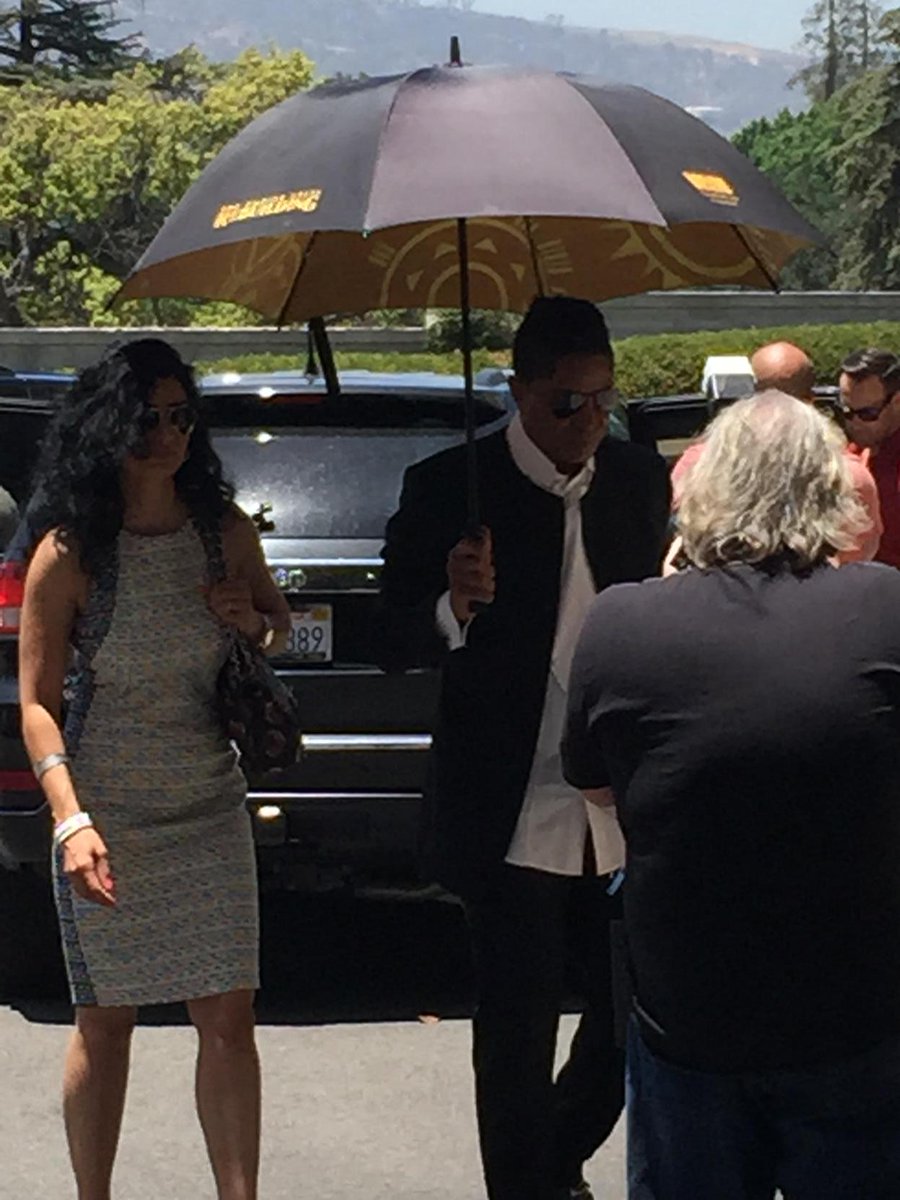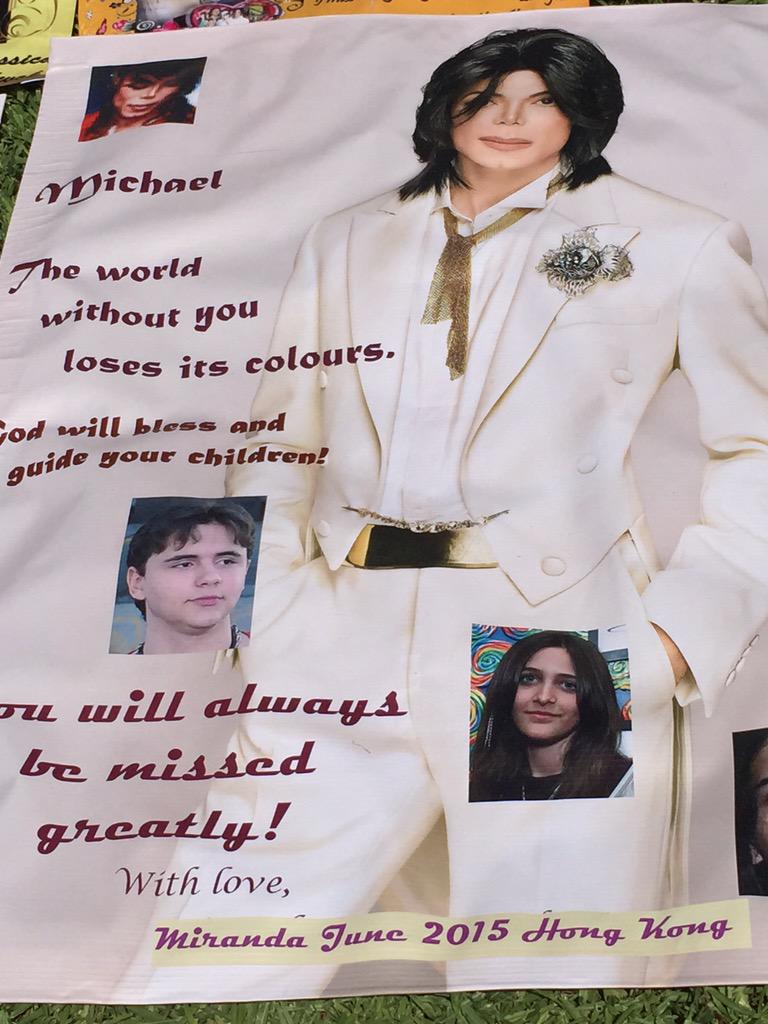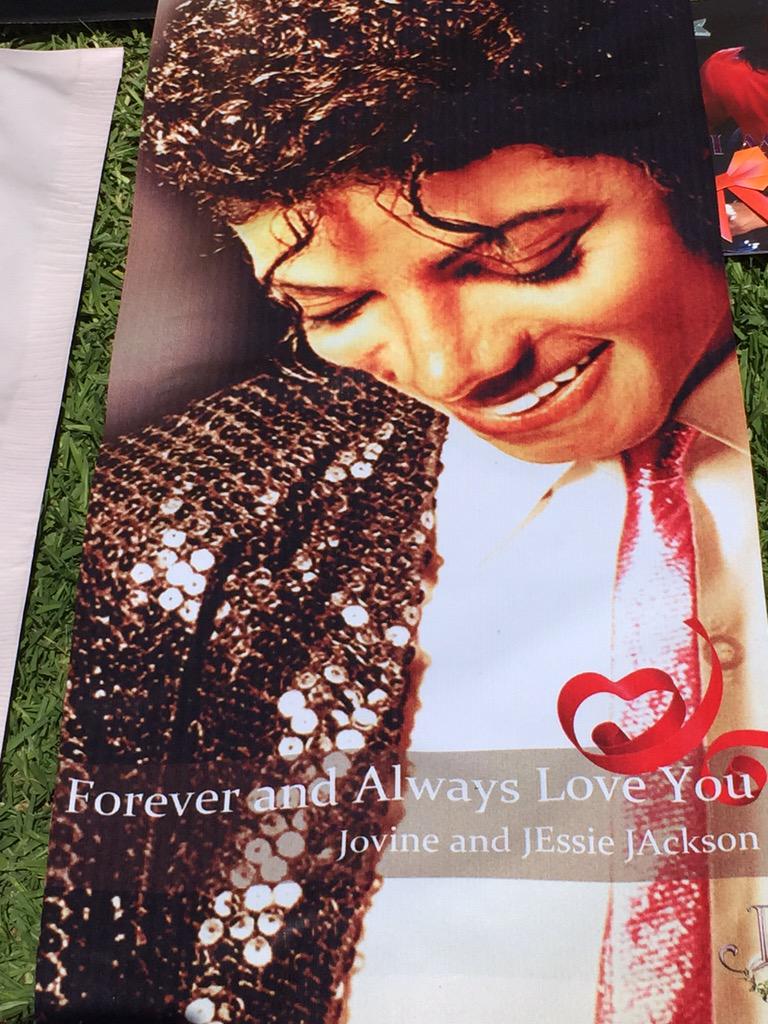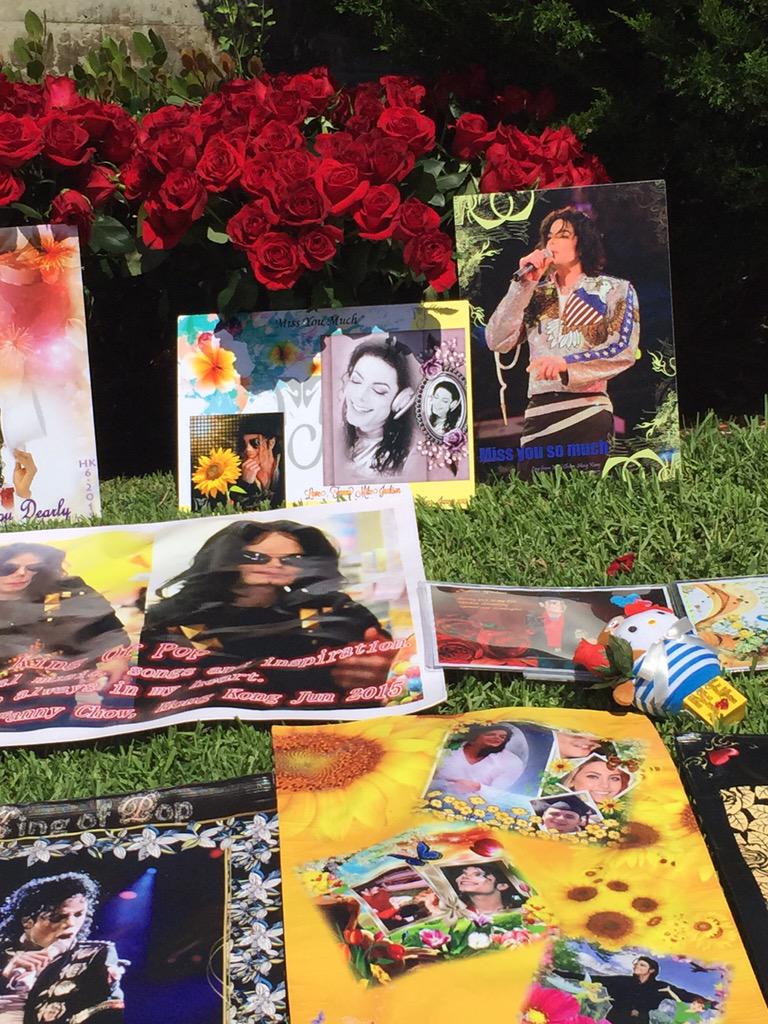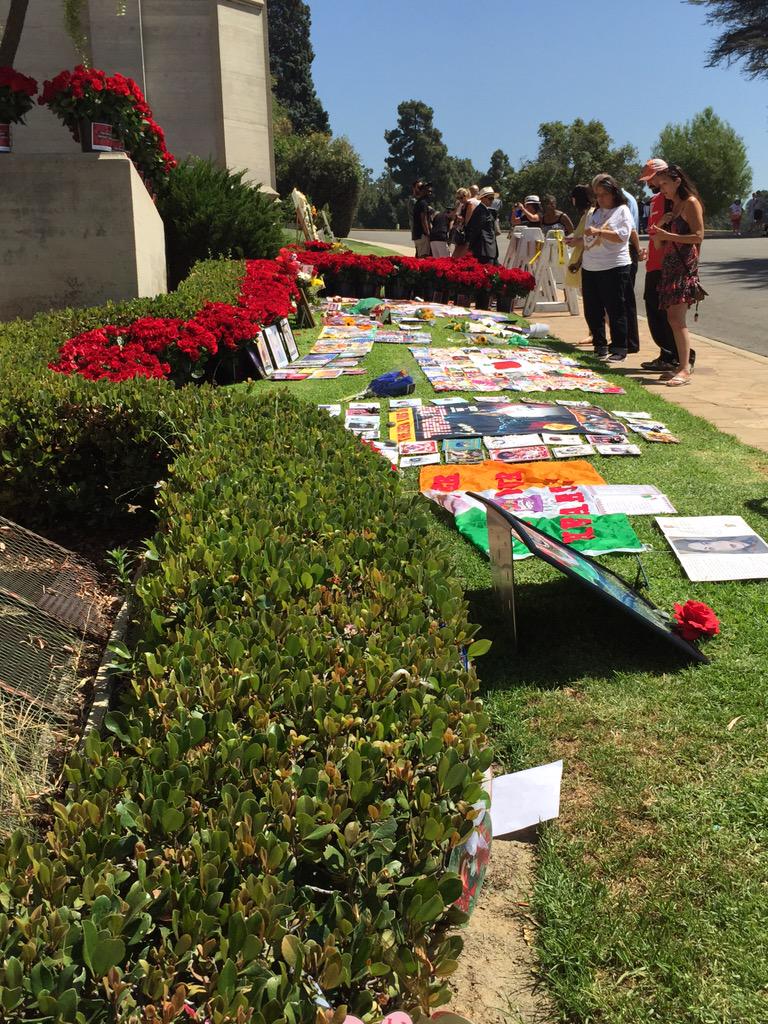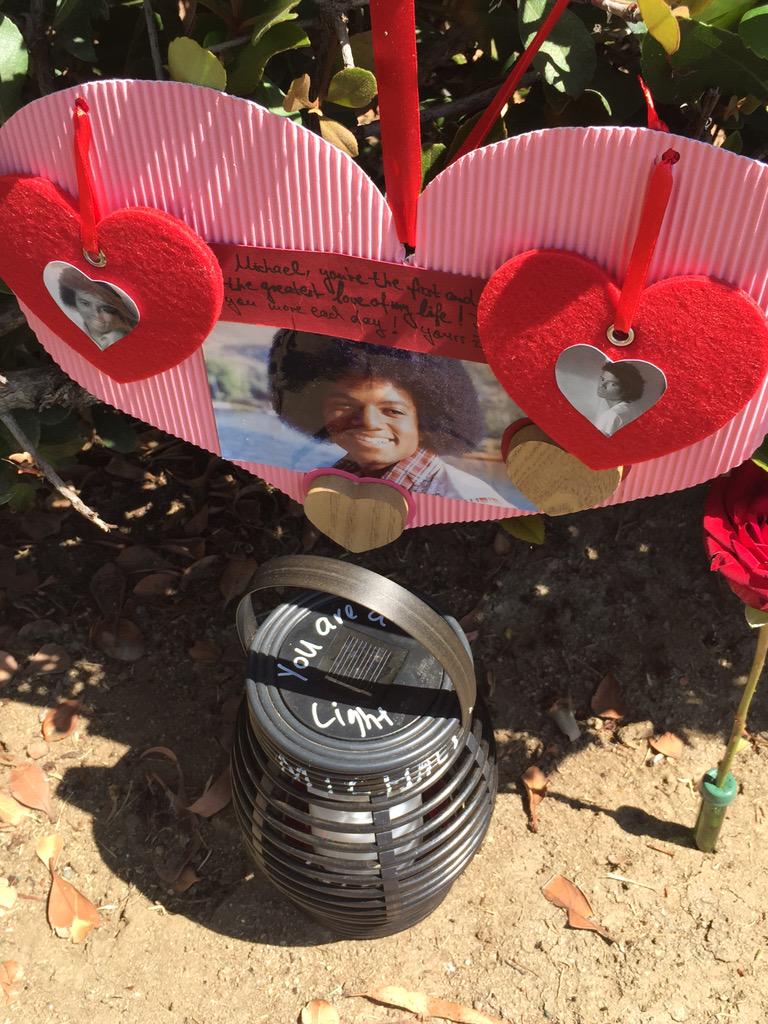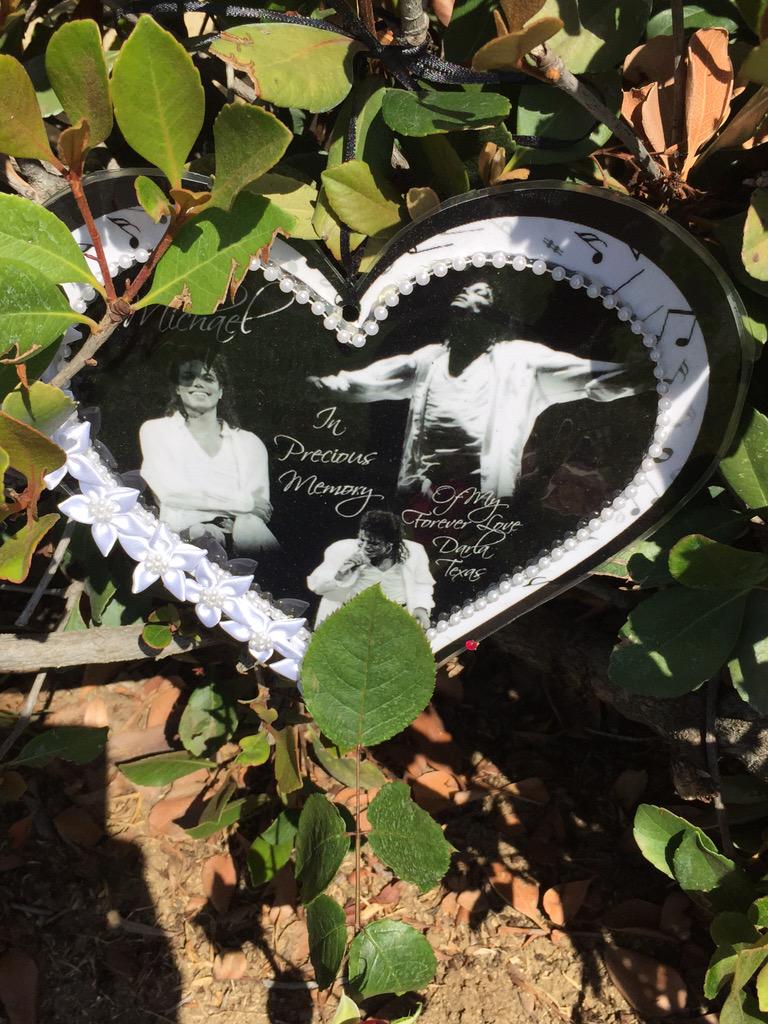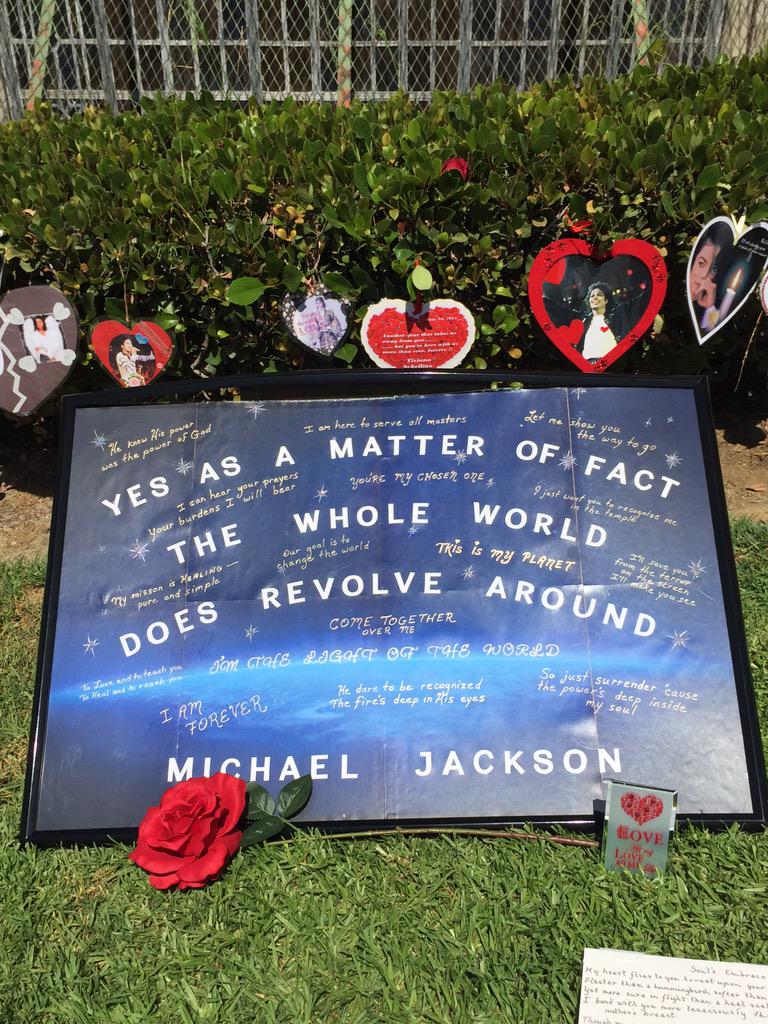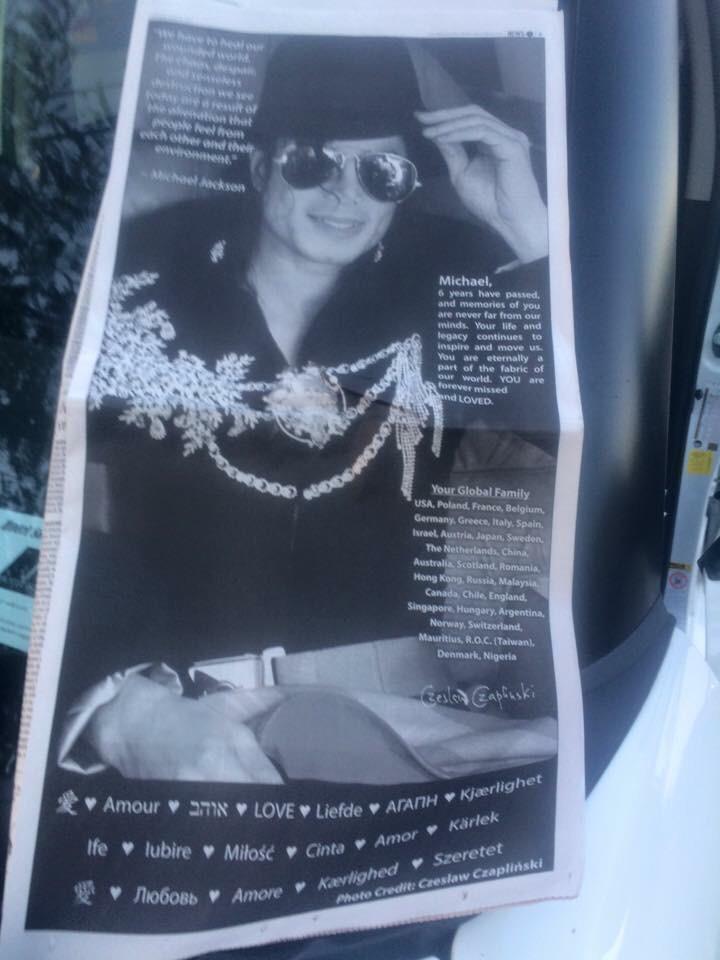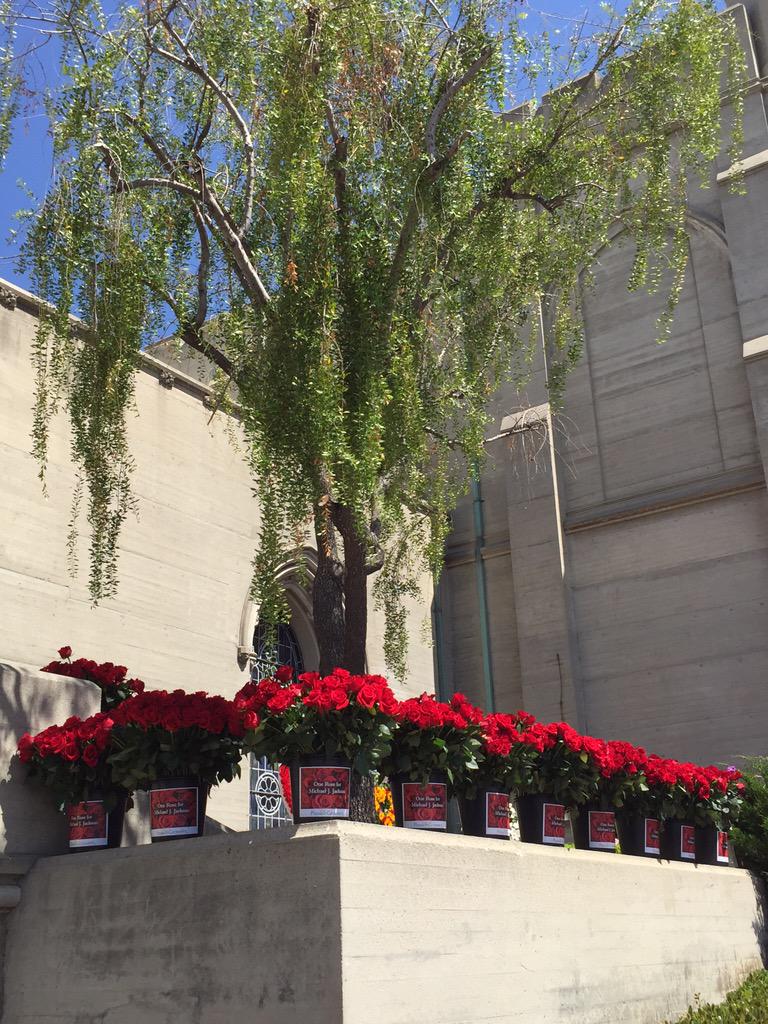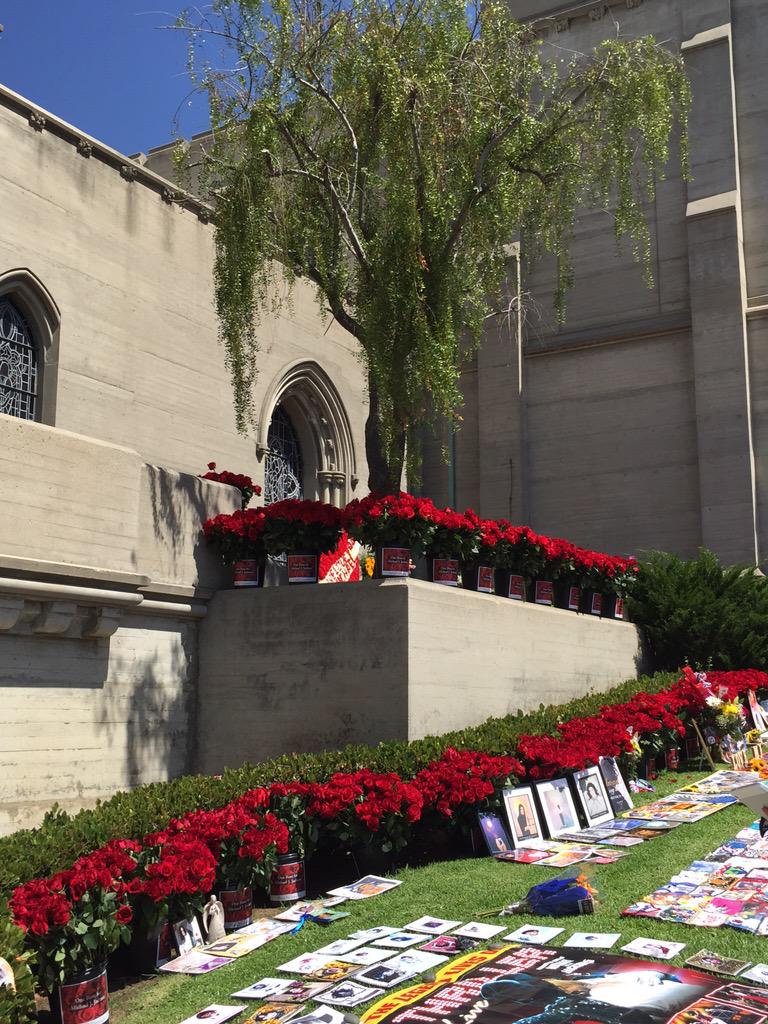Latest on MJJC
- Latest Michael Jackson News
- Click Here to Join Our Community
- Follow us on X
- Wanna talk Michael? Come join the chat rooms
- The Michael Jackson Chart Watch
- Become an MJJC Patron
- Join the Premium Member Group and Get Lot's of Extra's
- Major Love Prayer - Worldwide Monthly Prayer Every 25th
- MJJC Exclusive Q&A - We talk to the family and those in and around Michael
- Join us in the Chat Rooms
- Find us on Facebook
You are using an out of date browser. It may not display this or other websites correctly.
You should upgrade or use an alternative browser.
You should upgrade or use an alternative browser.
June 25th... 6 years missing Michael
- Thread starter Paris78
- Start date
HIStory
Proud Member
- Joined
- Jul 25, 2011
- Messages
- 6
- Points
- 0
[h=5]Tracy Chapman Online
[/h]<a class="_5pcq" href="https://www.facebook.com/permalink.php?story_fbid=10152863995651697&id=30118551696" target=""><abbr title="Thursday, June 25, 2015 at 6:27pm" data-utime="1435249626" data-shorten="1" class="_5ptz timestamp livetimestamp">18 mins</abbr> ·
Remembering ‪#‎MichaelJackson‬ on the anniversary of his death with this cover of "I'll Be There" by Tracy Chapman: Tracy performed it with her band the night after his passing in Paris on June 26, 2009. Needless to say that the audience was in tears (Watch also this shorter video but better resolution
[video=youtube;4gQE3cDIdp4]https://www.youtube.com/watch?v=4gQE3cDIdp4[/video]
VH1 ‏@VH1 3h3 hours ago We can't believe it's been #6YearsWithoutMichael Jackson. His memory will ALWAYS live on!

[h=5]Beyoncé
[/h]<a class="_5pcq" href="https://www.facebook.com/beyonce/photos/a.252225550600.296474.28940545600/10155825919940601/?type=1" rel="theater" target=""><abbr title="Thursday, June 25, 2015 at 6:11pm" data-utime="1435248712" data-shorten="1" class="_5ptz timestamp livetimestamp">35 mins</abbr> ·
Your impact continues to serve as a blueprint for us all. You will forever be missed.

[/h]<a class="_5pcq" href="https://www.facebook.com/permalink.php?story_fbid=10152863995651697&id=30118551696" target=""><abbr title="Thursday, June 25, 2015 at 6:27pm" data-utime="1435249626" data-shorten="1" class="_5ptz timestamp livetimestamp">18 mins</abbr> ·
Remembering ‪#‎MichaelJackson‬ on the anniversary of his death with this cover of "I'll Be There" by Tracy Chapman: Tracy performed it with her band the night after his passing in Paris on June 26, 2009. Needless to say that the audience was in tears (Watch also this shorter video but better resolution
[video=youtube;4gQE3cDIdp4]https://www.youtube.com/watch?v=4gQE3cDIdp4[/video]
VH1 ‏@VH1 3h3 hours ago We can't believe it's been #6YearsWithoutMichael Jackson. His memory will ALWAYS live on!

[h=5]Beyoncé
[/h]<a class="_5pcq" href="https://www.facebook.com/beyonce/photos/a.252225550600.296474.28940545600/10155825919940601/?type=1" rel="theater" target=""><abbr title="Thursday, June 25, 2015 at 6:11pm" data-utime="1435248712" data-shorten="1" class="_5ptz timestamp livetimestamp">35 mins</abbr> ·
Your impact continues to serve as a blueprint for us all. You will forever be missed.

Lil
Proud Member
Oh.. That hit me right in the heart.. first time I cried today :'(
HIStory
Proud Member
- Joined
- Jul 25, 2011
- Messages
- 6
- Points
- 0
[h=6]World Music Awards
[/h]<a class="_5pcq" href="https://www.facebook.com/worldmusicawards/photos/a.310614765686310.72237.305202169560903/840606289353819/?type=1" rel="theater" target=""><abbr title="Thursday, June 25, 2015 at 3:00pm" data-utime="1435237245" data-shorten="1" class="_5ptz timestamp livetimestamp">4 hrs</abbr> ·
Remembering Michael Jackson winning the diamond Award at the 2006 World Music Awards, his last television appearance

[/h]<a class="_5pcq" href="https://www.facebook.com/worldmusicawards/photos/a.310614765686310.72237.305202169560903/840606289353819/?type=1" rel="theater" target=""><abbr title="Thursday, June 25, 2015 at 3:00pm" data-utime="1435237245" data-shorten="1" class="_5ptz timestamp livetimestamp">4 hrs</abbr> ·
Remembering Michael Jackson winning the diamond Award at the 2006 World Music Awards, his last television appearance

HIStory
Proud Member
- Joined
- Jul 25, 2011
- Messages
- 6
- Points
- 0
TinnyandOdd
Proud Member
- Joined
- Apr 10, 2009
- Messages
- 948
- Points
- 28
Today I will not reflect with sadness, but with admiration, respect, and love. 6 years ago Michael led me to meet a woman at our local memorial that had been organized. She would immediately become my partner in crime and most trusted and understanding MJ friend. We drove to LA from Vancouver with another MJ friend to pay respects from July 1st - July 5th, and I will cherish those moments always. Without Michael, I would never have met her, and today I am shopping for her wedding. Today is about L.O.V.E.
cinderella
Guests
The artist and the man the words cannot describe...............Thank you for everything...
I will always love you.... RiP MJJ
I will always love you.... RiP MJJ
Bubs
Proud Member
- Joined
- Jan 19, 2012
- Messages
- 7,856
- Points
- 0
Charles Clymer ‏@cmclymer 6h6 hours ago
In the history of popular performers, there are two categories: Michael Jackson and everyone else. Rest easy.
#6YearsWithoutMichaelJackson
Rembert Browne ‏@rembert 2h2 hours ago
in honor of mike, the only impt thing i've ever written -- the '88 grammys http://grantland.com/hollywood-pros...0s-michael-jackson-at-the-1988-grammy-awards/ …
In the history of popular performers, there are two categories: Michael Jackson and everyone else. Rest easy.
#6YearsWithoutMichaelJackson
Rembert Browne ‏@rembert 2h2 hours ago
in honor of mike, the only impt thing i've ever written -- the '88 grammys http://grantland.com/hollywood-pros...0s-michael-jackson-at-the-1988-grammy-awards/ …
HIStory
Proud Member
- Joined
- Jul 25, 2011
- Messages
- 6
- Points
- 0
BrianMayCom @brianmaycom ON 25 JUNE: In 2009…#MichaelJackson passed away at the age of 50.
<time class="dt-updated" datetime="2015-06-25T02:15:38+0000" pubdate="" title="Time posted: 25 Jun 2015, 02:15:38 (UTC)">4:15 AM - 25 Jun 2015</time>

<time class="dt-updated" datetime="2015-06-25T02:15:38+0000" pubdate="" title="Time posted: 25 Jun 2015, 02:15:38 (UTC)">4:15 AM - 25 Jun 2015</time>

HIStory
Proud Member
- Joined
- Jul 25, 2011
- Messages
- 6
- Points
- 0
The GRAMMYs
Today we remember Michael Jackson. Take a look back at his most memorable GRAMMY moments.
https://www.facebook.com/TheGRAMMYs/videos/10153018408525748/?fref=nf
Today we remember Michael Jackson. Take a look back at his most memorable GRAMMY moments.
https://www.facebook.com/TheGRAMMYs/videos/10153018408525748/?fref=nf
HIStory
Proud Member
- Joined
- Jul 25, 2011
- Messages
- 6
- Points
- 0
Bill Whitfield
On this day 6 years ago Mr. Jackson passed away. Though gone he will never be forgotten. Javon Beard and I were Mr. Jackson's personal security team. He was not only our boss he was our friend. We were blessed with the opportunity to be by his side as we did whatever we could to bring normalcy to his life. Through our book "REMEMBER THE TIME, Protecting Michael Jackson in his final days" his light will continue to shine through our hearts and hopefully through yours as well. Much love Mr. Jackson, may you forever rest well. Bill Whitfield & Javon Beard.

www.facebook.com/photo.php?fbid=10207381693606812&set=a.10204273435822310.1073741828.1420770918&type=1&permPage=1
On this day 6 years ago Mr. Jackson passed away. Though gone he will never be forgotten. Javon Beard and I were Mr. Jackson's personal security team. He was not only our boss he was our friend. We were blessed with the opportunity to be by his side as we did whatever we could to bring normalcy to his life. Through our book "REMEMBER THE TIME, Protecting Michael Jackson in his final days" his light will continue to shine through our hearts and hopefully through yours as well. Much love Mr. Jackson, may you forever rest well. Bill Whitfield & Javon Beard.

www.facebook.com/photo.php?fbid=10207381693606812&set=a.10204273435822310.1073741828.1420770918&type=1&permPage=1
HIStory
Proud Member
- Joined
- Jul 25, 2011
- Messages
- 6
- Points
- 0
Classic Motown ? @ClassicMotown Today we remember @michaeljackson. RIP. #michaeljackson #motown25
7:40 PM - 25 Jun 2015
7:40 PM - 25 Jun 2015
michaeljackson&lisamarie
Proud Member
- Joined
- Aug 23, 2012
- Messages
- 740
- Points
- 0
Michael you are forever in my heart, RIP angel.
EBONY ?@EBONYMag
His music will last a lifetime for generations to come. EBONY remembers Michael Jackson: http://bit.ly/1HjuNOM
Big Thank YOU to Harrison Funk for photographing the OneRose4MJJ crew set up Yesterday - #6YearsWithoutMichaelJackson
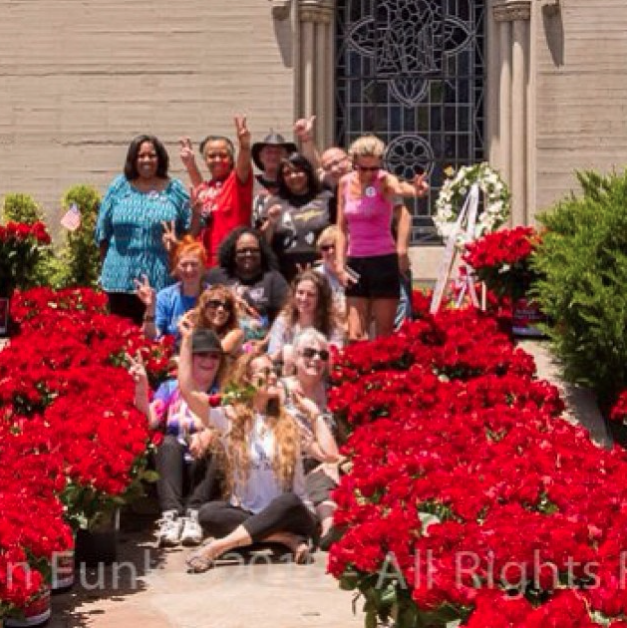
AOL.com ?@AOL
Fans remember Michael Jackson 6 years after the icon's death: http://aol.it/1LqMHAZ #6YearsWithoutMichaelJackson

https://twitter.com/andjustice4some
My God, look at your outpouring of love for Michael Jackson worldwide MJfam. #6YearsWithoutMichaelJackson
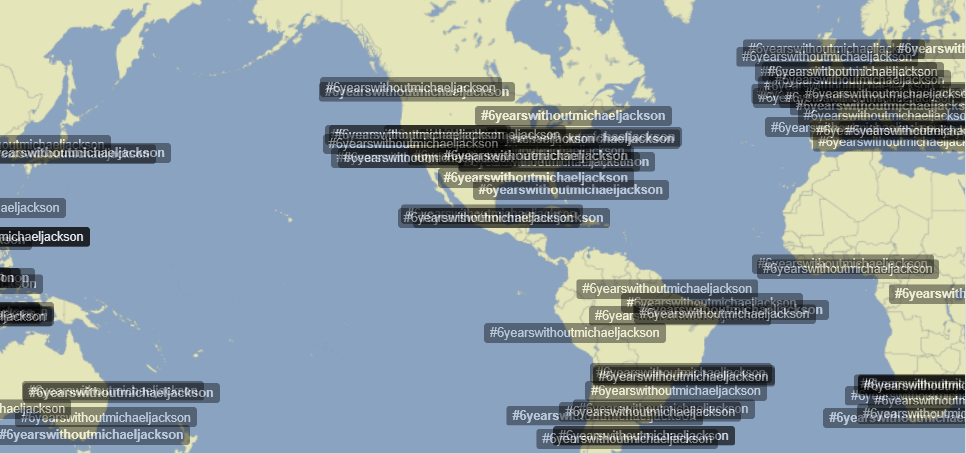
His music will last a lifetime for generations to come. EBONY remembers Michael Jackson: http://bit.ly/1HjuNOM
Big Thank YOU to Harrison Funk for photographing the OneRose4MJJ crew set up Yesterday - #6YearsWithoutMichaelJackson

AOL.com ?@AOL
Fans remember Michael Jackson 6 years after the icon's death: http://aol.it/1LqMHAZ #6YearsWithoutMichaelJackson

https://twitter.com/andjustice4some
My God, look at your outpouring of love for Michael Jackson worldwide MJfam. #6YearsWithoutMichaelJackson

BBC News (World) ‏@BBCWorld
It's been #6YearsWithoutMichaelJackson - here's @bbcmusic's best 'King of Pop' content http://bbc.in/1NezsBO
MTV Base Africa ‏@MTVbaseAfrica
Rest in peace to the KING OF POP, Michael Jackson. Your music lives on!
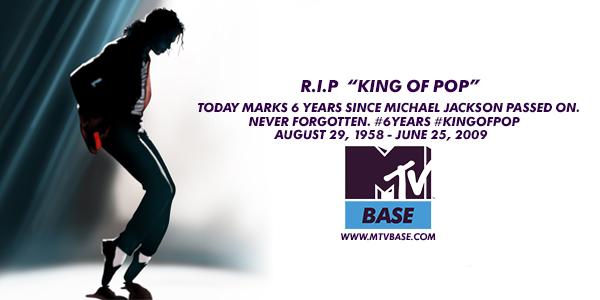
STASHED® ‏@theSTASHED
Six Years Today, We Lost A Legend. R.I.P MJ! http://ift.tt/1RzmlMN
It's been #6YearsWithoutMichaelJackson - here's @bbcmusic's best 'King of Pop' content http://bbc.in/1NezsBO
MTV Base Africa ‏@MTVbaseAfrica
Rest in peace to the KING OF POP, Michael Jackson. Your music lives on!

STASHED® ‏@theSTASHED
Six Years Today, We Lost A Legend. R.I.P MJ! http://ift.tt/1RzmlMN
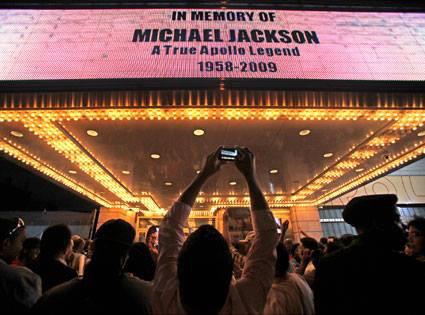
Apollo Theater ?@ApolloTheater
IN MEMORY OF #MichaelJackson
A TRUE #APOLLOLEGEND
1958-2009
#LongLiveTheMusic #6yearswithoutmichaeljackson
Melanie321 ?@Mellie4Justice
MJ fam is here ???? love lives forever @ Forest Lawn Glendale At Holly Terrace https://instagram.com/p/4XJEagnjmp/
HLN ?@HLNTV
Is this #MichaelJackson moonwalking in the clouds? Do YOU see it? http://on.hln.tv/4fpCjC #6YearsWithoutMichaelJackson
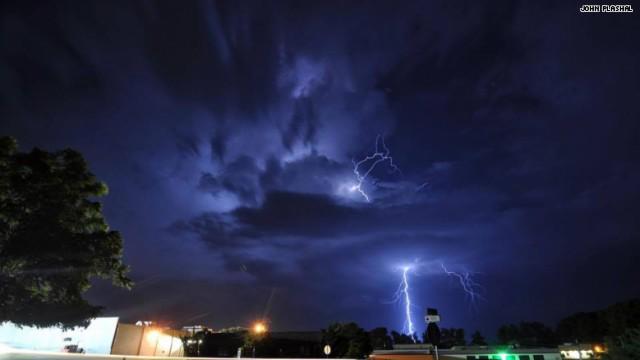
https://twitter.com/BET
What Music Lost When Michael Jackson Died http://bet.us/1NeWiJG
Legacy Recordings ?@SonyLegacyRecs
Today, we remember the King. The greatest to ever do it! @michaeljackson
Taj Jackson ?@tajjackson3
6 years ago a true angel was called back home. I love you uncle Michael & feel blessed to have witnessed your pure soul of love. #MJForever
https://twitter.com/latoyajackson
La Toya Jackson ?@latoyajackson
We Love You!
We Will Always Miss You!
#MichaelJackson

https://twitter.com/SIEDAHGARRETT
In loving remembrance of the King of Pop, who will never be gone from us. #RIPKingOfPop #6YearsWithoutMichaelJackson
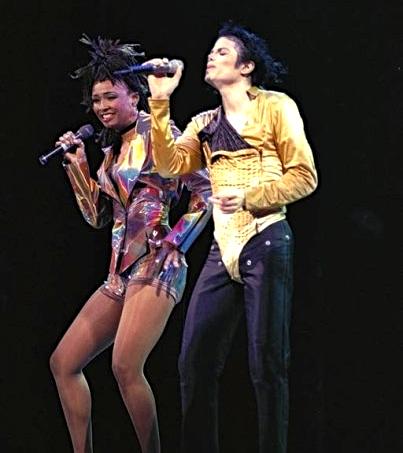
6 years ago a true angel was called back home. I love you uncle Michael & feel blessed to have witnessed your pure soul of love. #MJForever
https://twitter.com/latoyajackson
La Toya Jackson ?@latoyajackson
We Love You!
We Will Always Miss You!
#MichaelJackson

https://twitter.com/SIEDAHGARRETT
In loving remembrance of the King of Pop, who will never be gone from us. #RIPKingOfPop #6YearsWithoutMichaelJackson

Tribeca ‏@TribecaFilmFest
A tribute to Michael Jackson's best moments on the big screen. #6YearsWithoutMichaelJackson http://bit.ly/1GtRj3G
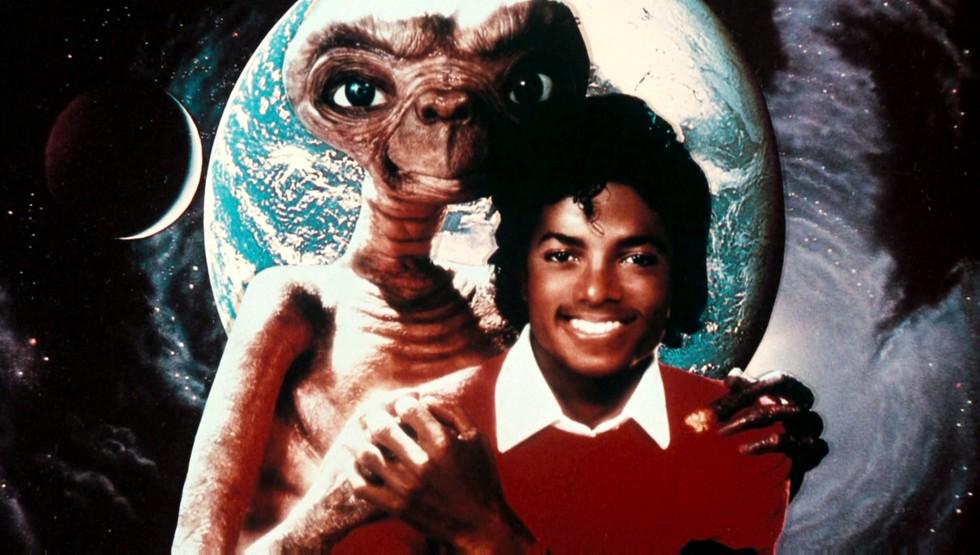
TJ Jackson @tjjackson L.O.V.E.
Taryll Jackson@tarylljackson
You are my inspiration and I thank you for everything you have taught me. I am me because of you. I miss you. #love pic.twitter.com/GfT3ifoDF8
jaafar jackson @jaafarjjackson
It's hard to believe that it's been 6 years.
Randy Jackson Jr. @randyjacksonjr
A star can never die. It just turns into a smile and melts back into the cosmic music, the dance of… https://instagram.com/p/4V7zm3I_U1/
A tribute to Michael Jackson's best moments on the big screen. #6YearsWithoutMichaelJackson http://bit.ly/1GtRj3G

TJ Jackson @tjjackson L.O.V.E.
Taryll Jackson@tarylljackson
You are my inspiration and I thank you for everything you have taught me. I am me because of you. I miss you. #love pic.twitter.com/GfT3ifoDF8
jaafar jackson @jaafarjjackson
It's hard to believe that it's been 6 years.
Randy Jackson Jr. @randyjacksonjr
A star can never die. It just turns into a smile and melts back into the cosmic music, the dance of… https://instagram.com/p/4V7zm3I_U1/
Harry Varzabetian ?@Varzabetian
And not even started yet Athens Greece Acropolis Mj Tribute #6YearsWithoutMichaelJackson Shamoneeer #MJFam

Harry Varzabetian ?@Varzabetian
Amazing Kids #6thYearsWithoutMichaelJackson #MJFam Athens Greece https://twitter.com/Varzabetian/status/614141887520354308
E! News ?@ENews
It's safe to say Michael Jackson would be proud of his kids. http://eonli.ne/1GJUtTg
The Real Paula Abdul ?@PaulaAbdul
LOVE all the tweets remembering the incomparable Michael Jackson. I remember watching him rehearse. He didn't just dance, he TRANSFORMED.
And not even started yet Athens Greece Acropolis Mj Tribute #6YearsWithoutMichaelJackson Shamoneeer #MJFam

Harry Varzabetian ?@Varzabetian
Amazing Kids #6thYearsWithoutMichaelJackson #MJFam Athens Greece https://twitter.com/Varzabetian/status/614141887520354308
E! News ?@ENews
It's safe to say Michael Jackson would be proud of his kids. http://eonli.ne/1GJUtTg
The Real Paula Abdul ?@PaulaAbdul
LOVE all the tweets remembering the incomparable Michael Jackson. I remember watching him rehearse. He didn't just dance, he TRANSFORMED.

Six Years After Michael Jackson’s Death, Gary’s Jackson Street On Upswing

Thursday marks six years since the unexpected death of Michael Jackson, the King of Pop, whose infectious music and polarizing fame reverberated across the globe.
But before he became famous as the pint-sized frontman of the Jackson 5, he was the third youngest of nine Jackson children raised in a small, two-bedroom, white frame house at 2300 Jackson Street in Gary.
“I just wonder how did they fit all of those kids in there,” said Fredericksburg, Va., resident Caterah Mayfield, who was visiting Tuesday with her mom, sister and cousin.
Mayfield’s mom, Courtney Parker, said Jackson’s death — of cardiac arrest at age 50 — is still shocking.
“I can’t believe he’s gone,” Parker said. “It was just like Whitney (Houston); they’re gone too soon.”
The house has become a draw for Jackson’s fans, who flock to it to leave flowers and teddy bears around the anniversary of his death or to write a message on the One Way sign at the corner. In 2009, thousands of fans paying tribute trampled the grass, but since installing a granite monument to Jackson in the front yard, it has been fenced off, and beautiful flowers are in bloom every summer.
The family is helping to revitalize the neighborhood by purchasing and renovating the house next door to 2300 Jackson and another home across the street, said Gary Mayor Karen Freeman-Wilson. The house next door is now a small museum/gift shop that the family is expected to open soon.
They’ve supported the Jackson Street of Dreams project that has rehabilitated two homes and rebuilt another house in the 2300 and 2400 blocks of Jackson Street. The project is being led by the Fuller Center for Housing in Gary, with assistance from the city, the Indiana Department of Correction, NIPSCO, Centier Bank and others. The Fuller Center has a goal of rebuilding eight additional homes in the neighborhood in 2016, but they are currently working to secure the necessary funds.
“We are exploring the next steps to see who may be willing to fund rehabbing some other homes,” Freeman-Wilson said.
Robin Copeland, who lives in the neighborhood, said it’s fun to chat with visitors and take pictures for them. She’s hopeful that the Street of Dreams project will help the neighborhood thrive.
“It’ll be a good thing for Gary and it will help the neighborhood look way better,” Copeland said.
But beyond the house and an annual Michael Jackson festival in August, there aren’t many signs marking Jackson’s impact around the city.
Even before Jackson’s death, there was talk about the city having a museum or performing arts center to memorialize arguably its most famous son. Jackson mentioned the performing arts center idea when he last visited Gary in 2003, but talks stalled when he was charged with child molestation soon afterward in California.
Jackson’s father, Joe, was in talks with developers about a possible museum and hotel near Grant Street and the Borman Expressway. But those plans never went much of anywhere either.
Freeman-Wilson said the city hasn’t been actively involved about bringing a Michael Jackson museum to Gary because “that’s not a project the city can undertake.” But a private entity did speak to her a few years ago about a Jackson-related project, she said.
“But whenever we would ask, ‘What’s the involvement of the Jackson family?’ nobody seemed to know the answer,” Freeman-Wilson said. “By that time I had developed a rapport with Mrs. (Katherine) Jackson, and I found that the family hadn’t been consulted, so I knew not to take these people seriously.”
Sources: Chicago Tribune
Joe Vogel ‏@JoeVogel1
Six years since the passing of Michael Jackson...there has been and will never be another artist like him. Dance in Peace, MJ.
Ticketmaster ‏@Ticketmaster
Today we remember this legend. #6YearsWithoutMichaelJackson
iHeartRadio ‏@iHeartRadio
We can't believe it's been #6YearsWithoutMichaelJackson. We miss the King of Pop but his music lives on! http://bit.ly/iHeartMichaelJacksonMashup …
Motown Records ‏@motown
6 Years ago we lost the King of Pop. It is with heavy hearts that we take a moment to remember @michaeljackson https://youtu.be/d17ggav1Lto
Six years since the passing of Michael Jackson...there has been and will never be another artist like him. Dance in Peace, MJ.
Ticketmaster ‏@Ticketmaster
Today we remember this legend. #6YearsWithoutMichaelJackson
iHeartRadio ‏@iHeartRadio
We can't believe it's been #6YearsWithoutMichaelJackson. We miss the King of Pop but his music lives on! http://bit.ly/iHeartMichaelJacksonMashup …
Motown Records ‏@motown
6 Years ago we lost the King of Pop. It is with heavy hearts that we take a moment to remember @michaeljackson https://youtu.be/d17ggav1Lto
mimi0
Proud Member
Today 6 years ago you passed, it was on a Thursday. It was raining and I saw a rainbow.
Doggone
Proud Member
- Joined
- Dec 16, 2013
- Messages
- 1,203
- Points
- 38
God... I just finished the documentary Michael Jackson: A Lift Of An Icon. I'm just for almost 10 minutes.... I never knew Mike. I never met him. But I miss him so much. The injustice and pain he went through. It's just unfair. Damn... I need to man up. I'm still in tears...

